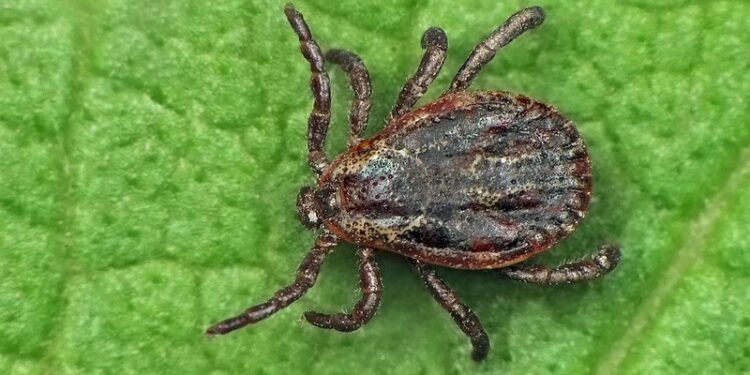Honesty in public debate matters
You can help us take action – and get our regular free email
What is this all about?
The Express article is referring to a virus called Crimean-Congo Haemorrhagic Fever (CCHF), which is endemic (regularly found) in several parts of the world, including parts of Europe. Spain experienced its first case in 2013 and there have been 12 confirmed cases in the country since then.
The Spanish health authorities recently confirmed a new case at the end of April 2024.
What is CCHF?
CCHF is a viral infection that is mainly spread through contact with ticks and livestock. Human to human transmission is also possible if there is contact with the bodily fluids of an infected person.
There are a number of symptoms that range from mild to severe, but studies have shown that most people have no symptoms or only mild illness. In severe cases, people can develop complications such as organ failure, bleeding and bruising. Approximately 30% of people who are hospitalised with CCHF will die from this disease.
How widespread is this infection in Europe?
According to the European Centre for Disease Prevention and Control (ECDC), Greece reported its only case in 2008, and although Spain reported its first case in 2016, scientific testing confirmed a previous case from 2013.
The ECDC provides a list of all known cases of CCHF since 2013 and there have been a total of 52 since then.
Most cases have occurred in Bulgaria, where the first known case dates back to the 1950s. CCHF has become endemic in the country since then.
Other countries in Europe that have reported infections over the years include the UK and Albania. There have been two cases in the UK, both of which were imported. The tick species that carries CCHF has not been identified in the UK and CCHF is not believed to be present here. People travelling to areas affected by CCHF are advised to take precautions against tick bites.
Along with other haemorrhagic fevers, CCHF is a notifiable disease, which means that suspected cases should be reported to public health authorities to increase awareness and to help prevent spread.
What are the similarities to Ebola?
Ebola is also a type of haemorrhagic fever but it is considered to be rare. It is normally found in parts of central and west Africa and is spread through contact with wild animals.
Like CCHF, it can be transmitted from person to person through contact with body fluids.
Ebola has a higher fatality rate than CCHF.
Image courtesy of Ryszard
Source link : https://fullfact.org/health/ebola-like-virus-surging-spain/
Author :
Publish date : 2024-05-22 07:00:00
Copyright for syndicated content belongs to the linked Source.




